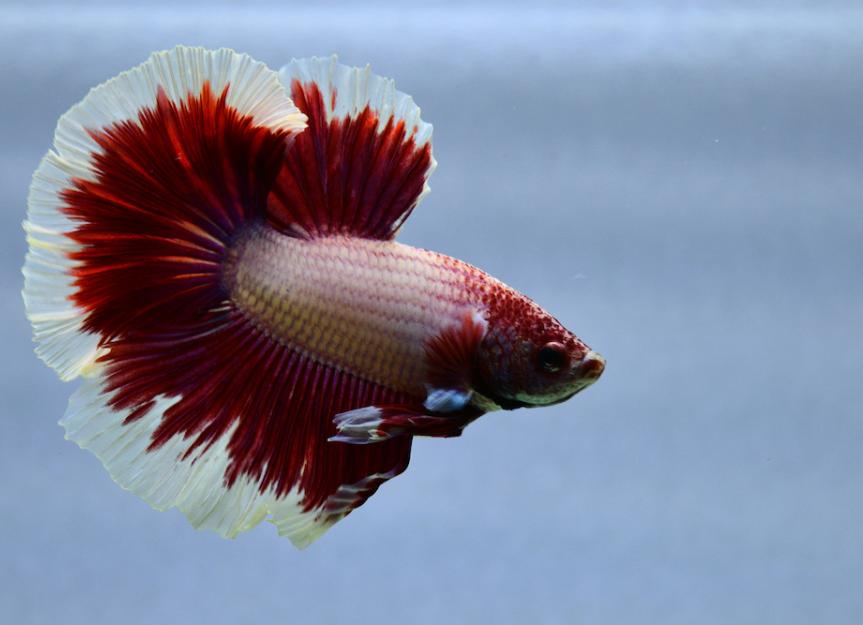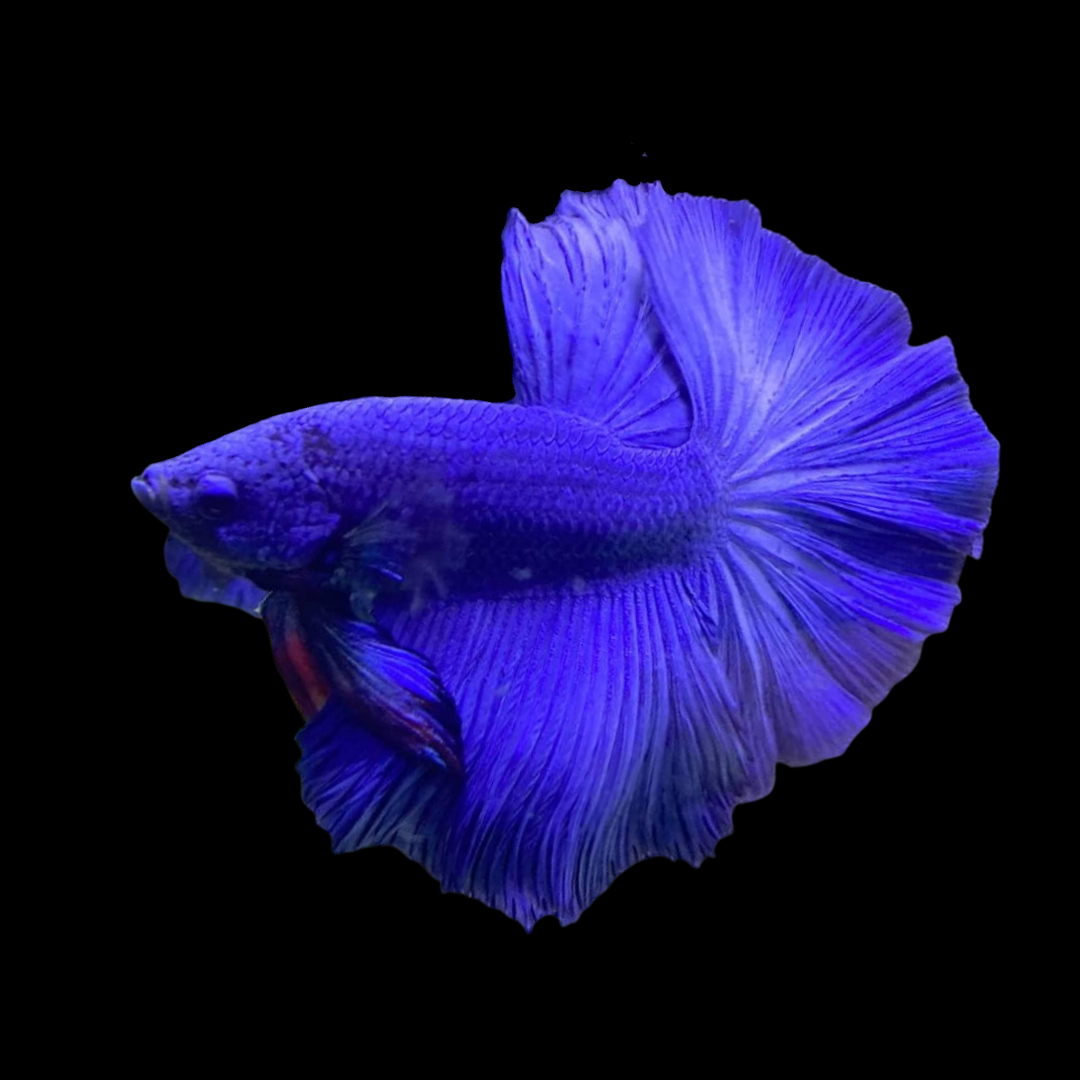The Ultimate Betta Fish Care Overview for New Pet Dog Owners
The Ultimate Betta Fish Care Overview for New Pet Dog Owners
Blog Article
Everything About Betta Fish: Recognizing Their Distinct Needs, Habits, and the most effective Practices for Ideal Care
Recognizing the one-of-a-kind demands and actions of Betta fish is necessary for any aquarist aiming to offer optimal treatment. These fascinating animals, native to the cozy waters of Southeast Asia, show distinct territorial propensities and need particular ecological conditions to prosper. From picking the right tank size to recognizing prospective health and wellness issues, different factors substantially influence their well-being. As we check out these components further, the implications for both newbie and seasoned fish keepers become progressively obvious, elevating questions about exactly how finest to suit these impressive fish in our homes.
Betta Fish Introduction
Although usually appreciated for their vivid shades and moving fins, Betta fish, medically called Betta splendens, are intricate animals that call for specific like prosper. Originating from Southeast Asia, these freshwater fish are understood for their territorial nature and distinct habits. Betta fish display sexual dimorphism, with males displaying much more brilliant shades and longer fins than women.
Their aggressive tendencies, especially among men, require mindful consideration when housing them. Bettas are commonly maintained in single-specimen containers to prevent territorial disputes. However, they can exist together quietly with particular compatible species in larger community containers, gave the atmosphere meets their demands.

To guarantee optimum care, aquarists need to understand their unique behavioral characteristics, nutritional needs, and environment requirements. betta fish. With appropriate interest, Betta fish can display their vivid personalities and grow in a properly maintained aquarium setup
All-natural Habitat and Environment
Betta fish thrive in a diverse range of natural environments, largely located in the superficial waters of Southeast Asia, consisting of rice paddies, swamps, and slow-moving streams. These settings are defined by cozy temperature levels, generally between 75 ° F and 82 ° F(24 ° C and 28 ° C ), and a pH degree varying from 6.5 to 7.5, which is optimal for their health and well-being.
In their natural environments, Betta fish are accustomed to dense plant life, supplying both shelter and reproducing grounds. The presence of plants such as drifting water lilies and thick turfs not only provides defense from killers but additionally contributes to the oxygenation of the water, which is important for their respiratory requirements. Additionally, these settings typically have areas of still water, enabling Betta fish to exhibit their all-natural behaviors such as bubble nesting.
Recognizing the natural environment of Betta fish is important for aquarium lovers. Replicating these problems-- through water temperature level, pH balance, and the inclusion of real-time plants-- can substantially boost the general wellness and longevity of these captivating fish, guaranteeing they thrive in a home aquarium setup.
Social Behavior and Interactions
Comprehending the social habits and communications of Betta fish is vital for effective fish tank management. Betta fish, or Siamese battling fish, are known for their special behavior characteristics, identified primarily by territoriality and aggression.
Conversely, female Bettas display much less aggressive habits and can exist side-by-side in groups, called sororities, if introduced properly. It is important to monitor their interactions closely, as hierarchy and dominance can lead to problems. Recognizing the characteristics within a Betta neighborhood is important; establishing concealing areas and making sure sufficient space can mitigate aggressiveness.
In enhancement, Betta fish may also present inquisitiveness and social habits towards various other types. While they can coexist with particular non-aggressive storage tank mates, it is important to pick suitable species to stay clear of tension and aggression. On the whole, acknowledging these social interactions is vital to promoting a harmonious fish tank environment for Betta fish.
Vital Treatment Guidelines
Supplying correct care for Betta fish is vital to their health and wellness. Normal water changes-- around 25% once a week-- help preserve water high quality.
Betta fish call for a suitable storage tank dimension; a minimum of 5 gallons is recommended to offer ample space for swimming and hiding. Include designs and plants to develop a revitalizing environment, but prevent sharp things that can harm their delicate fins.

Last but not least, make sure the storage tank is furnished with a filter to keep the water tidy, however use a gentle filter to stay clear of solid currents that can stress the fish. By following these vital treatment standards, proprietors can promote a healthy and balanced and vibrant Betta fish.
Common Health And Wellness Issues and Solutions
In the treatment of Betta fish, recognition of common wellness issues is crucial for preserving their health. One widespread problem is fin rot, commonly brought on by poor water top quality or home bacterial infection. Signs consist of torn or tarnished fins. To treat fin rot, boost water problems and think about making use of a broad-spectrum antibiotic.
One more usual ailment is ich, a parasitical infection characterized by white areas on the fish's body (betta fish). Therapy involves boosting water temperature and adding fish tank salt to the tank, as this can assist remove the parasite
Swim bladder condition is additionally frequently observed, causing buoyancy problems. This condition might arise from overfeeding or bowel irregularity. A fasting period of 24-48 hours, complied with by a diet regimen of blanched peas, can provide relief.
Finally, bettas might struggle with velour condition, indicated by a gold dust-like appearance on their skin. Treatment commonly requires medicine particularly made for external parasites, along with improved tank hygiene.
Routine tracking of water criteria, keeping a tidy setting, and supplying a well balanced her response diet regimen are crucial precautionary steps. By resolving these wellness concerns promptly, Betta fish can lead healthier, more vibrant lives.
Conclusion
In summary, successful betta fish care requires an understanding of their unique needs and behaviors. Providing an ideal setting, consisting of proper storage tank dimension and water problems, is necessary for their wellness. Furthermore, recognizing their territorial nature and guaranteeing adequate concealing places can stop hostility. Routine monitoring of health and water top quality, along with a well balanced diet plan, contributes to the durability and vibrancy of betta fish. Abiding by these standards will certainly promote a flourishing aquatic ecosystem for these exciting creatures.
Report this page